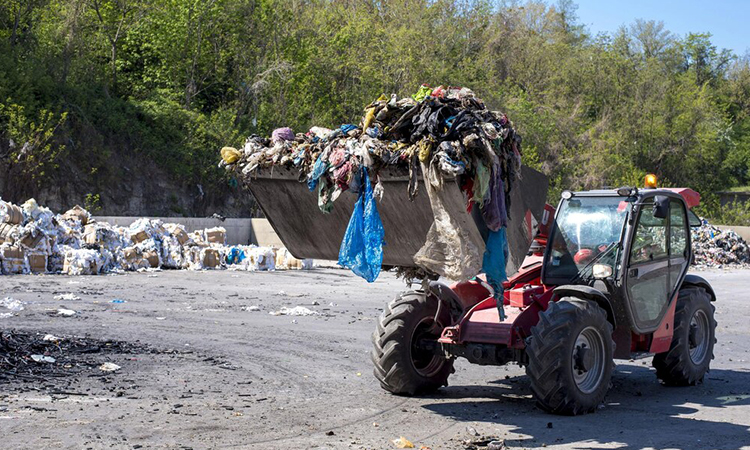In our modern world, the issue of plastic pollution has reached alarming proportions. Discarded plastic waste is clogging our oceans, polluting our landscapes, and contributing to environmental degradation. However, amidst this crisis, innovative solutions are emerging to not only tackle the problem of plastic pollution but also generate energy in the process. One such solution is harnessing the power of plastic waste for energy generation.
The Problem at Hand:
Plastic, often considered an environmental villain, is non-biodegradable and persists in the environment for hundreds of years. Conventional disposal methods, such as landfilling and incineration, contribute to pollution and greenhouse gas emissions. It’s high time we explore sustainable alternatives that not only rid us of plastic waste but also provide a clean source of energy.
The Innovative Solution:
Energy generation from plastic waste involves converting discarded plastic into useful energy through advanced technologies like pyrolysis and gasification. These processes break down plastic polymers into smaller hydrocarbons, producing valuable gases and oils that can be used as fuel for electricity generation.
Pyrolysis: The Magic of Heat
Pyrolysis is a process that uses heat to break down plastic waste in the absence of oxygen. This results in the production of syngas, a mixture of hydrogen, carbon monoxide, and methane. Syngas can be burned to generate electricity or further processed into liquid fuels.
Gasification: Transforming Waste into Energy
Gasification is another promising technology that involves reacting plastic waste with a controlled amount of oxygen and steam at high temperatures. This process produces a syngas rich in hydrogen and carbon monoxide, which can be utilized for electricity generation or converted into biofuels.
Benefits of Energy Generation from Plastic Waste:
- Reducing Plastic Pollution: By converting plastic waste into energy, we can significantly decrease the amount of plastic ending up in landfills, oceans, and incineration facilities.
- Clean Energy Source: The energy produced from plastic waste is considered relatively cleaner compared to traditional fossil fuels, contributing to a reduction in greenhouse gas emissions.
- Circular Economy Approach: Energy generation from plastic waste aligns with the principles of a circular economy by turning waste into a resource and promoting a more sustainable and efficient use of materials.
- Job Creation and Economic Opportunities: Implementing plastic-to-energy projects can create new job opportunities in waste management, technology development, and energy production, contributing to economic growth.
- Challenges and Considerations: While energy generation from plastic waste holds immense potential, challenges such as technology costs, scalability, and public perception need to be addressed. It is crucial to ensure that the environmental and social impacts are carefully evaluated to create a balanced and sustainable solution.
As we grapple with the consequences of plastic pollution, the concept of energy generation from plastic waste emerges as a beacon of hope. By transforming our approach to plastic disposal, we not only mitigate the environmental impact but also harness a valuable resource for clean energy. Embracing these innovative solutions can pave the way for a more sustainable and responsible future, where even our plastic waste can become a source of positive change.
Next On Your Reading List:


